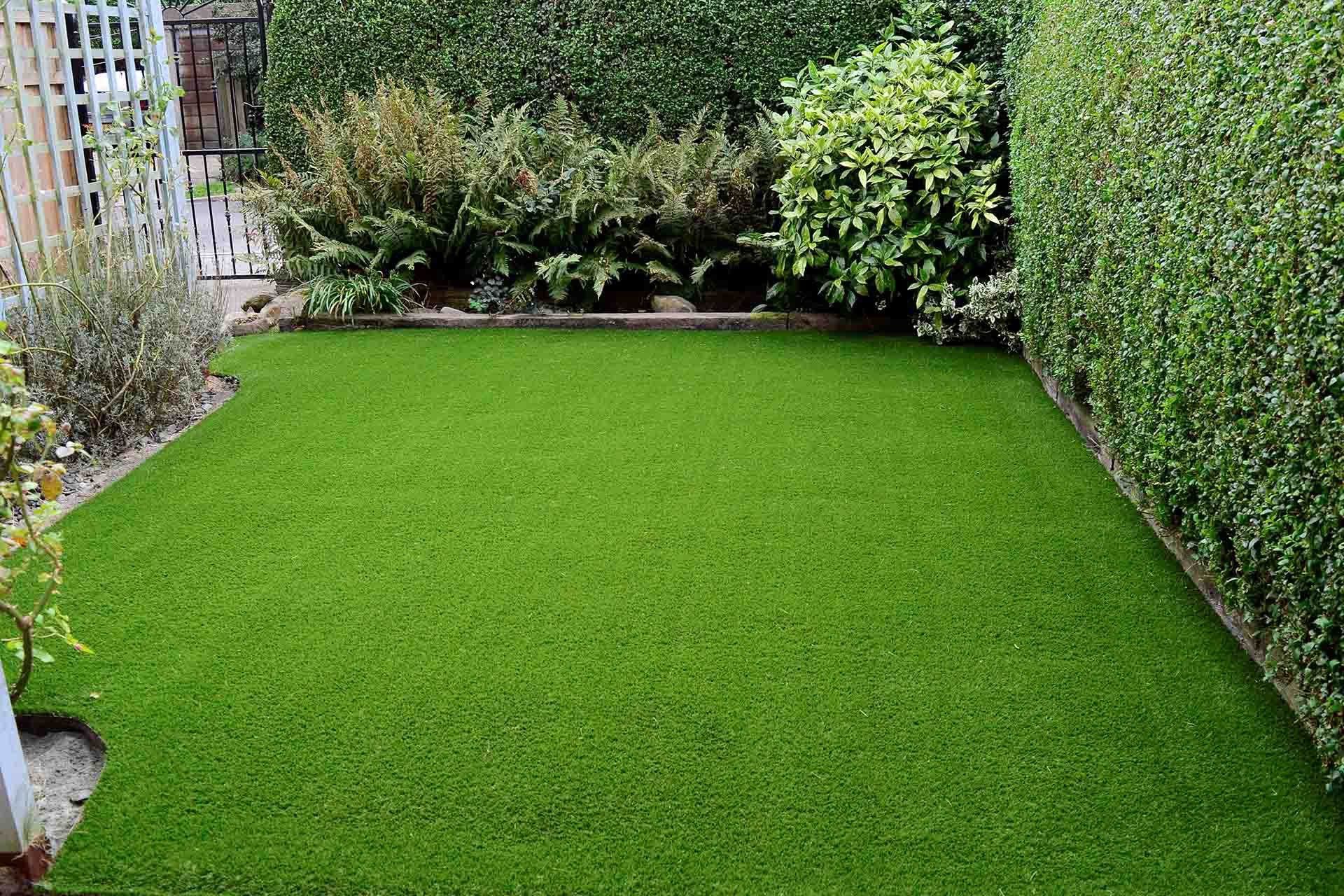The Complete Advantages & Cons of Synthetic Grass: Essential Information
Lately, the interest of fake grass has grown as homeowners search for more effective, maintenance-free alternatives to natural grass lawns. With the numerous benefits it offers, artificial grass could be smartest lawn decision you will make. From reducing mowing time to providing a vibrant, flourishing landscape year-round, there are many reasons to consider a transition.
Those who have experienced the trials of maintaining a natural lawn — contending with weeds, mud, and brown patches — are quickly realizing that artificial grass can be a game-changer. Not only does it address frequent lawn problems, but it also improves curb appeal and provides a protected play area for young ones and fur babies. As we look into the top reasons why homeowners are choosing artificial grass, you’ll see that the move towards this innovative solution is not just a passing phase, but a sound investment in your property and way of life.
Benefits of Fake Grass
One of the notable pros of fake grass is its reduced maintenance requirements. Residents no longer need to dedicate time cutting the lawn, using fertilizers, or stressing about watering schedules. With fake turf, you can enjoy a green appearance all year long without the troubles associated with natural grass. This means significant time benefits, allowing individuals to invest additional time relaxing in their outdoor spaces instead of caring for them.
A further strong reason to think about fake grass is its environmentally-friendly benefits. Fake turf eliminates the need for water, which is specifically advantageous in areas experiencing drought or limitations. Furthermore, it cuts down on the reliance on herbicides and fertilizers, fostering a better environment. This makes fake grass an excellent option for those seeking to minimize their carbon footprint while still get a stunning lawn.
Fake grass is also a durable option that stands up in different weather conditions. Whether it's intense sun, precipitative rain, or snow, synthetic turf remains reliable without forming bald spots or muddy areas. This resilience makes it a prudent investment, particularly for high-traffic yards, play areas for kids, and homes with pets. With fake grass, you can say goodbye to common lawn problems and enjoy a uniform, lively lawn over the seasons.
Considerations Prior to Installation
Before deciding on artificial grass, homeowners must evaluate their individual landscaping needs and how synthetic turf will integrate with their outdoor lifestyle. Take into account the climate in your region, as certain materials may perform better in specific weather conditions. For instance, regions with extreme heat may require specialized turf that is designed to withstand high temperatures, ensuring durability and aesthetic appeal. Moreover, evaluate how often this page will be used; high-traffic zones may benefit from sturdier options designed for longevity.
Cost is another factor to take into account. While the initial investment for artificial turf can be higher than traditional grass, it's crucial to think about long-term savings on water bills, lawn care supplies, and maintenance. Calculating these costs over time can provide a clearer picture of whether synthetic turf is a financially sound choice for your yard. Homeowners must also ask about warranties and the lifespan of the chosen product to ensure they are making an educated decision.

Finally, think about the environmental impact of switching to fake grass. Although synthetic lawns remove the need for water and fertilizers, they are made from plastic materials that can add to environmental problems if not properly disposed of at the end of their lifespan. Homeowners must research eco-friendly options and recycling programs that certain manufacturers may offer. By considering these factors, you can determine if artificial grass aligns with your values and lifestyle.
Caring for Your Fake Lawn
Look after your synthetic turf can be unexpectedly simple, making it a attractive alternative to numerous homeowners. Routine maintenance commonly involves a straightforward process of brushing the grass to keep the blades upright and remove debris. Utilizing a leaf device can effectively get rid of leaves and twigs, making sure that the lawn remains tidy and visually appealing. This minimal upkeep is vastly different with the time and energy required for real grass, where cutting, edging, and fertilizing can be a chore.
One more key part of maintaining synthetic turf is washing the lawn down occasionally to remove grime, feces, and various particles. For areas with heavy foot traffic or where pets frequently play, offering your lawn a thorough rinse helps maintain cleanliness and appearance. When you live in a region with frequent rain, your artificial turf generally sheds water well, lowering the likelihood of water pooling and muddy spots. Such feature ensures that your lawn remains functional and appealing, regardless of what climate.
Occasional inspections for deterioration are additionally vital to prolong the duration of the artificial lawn. Checking seams and areas around high-traffic zones can help identify any potential issues early. Through proper care, the artificial lawn can offer a stunning, colorful lawn for many years to arrive, providing you all the visual advantages of real turf without the hefty maintenance requirements.